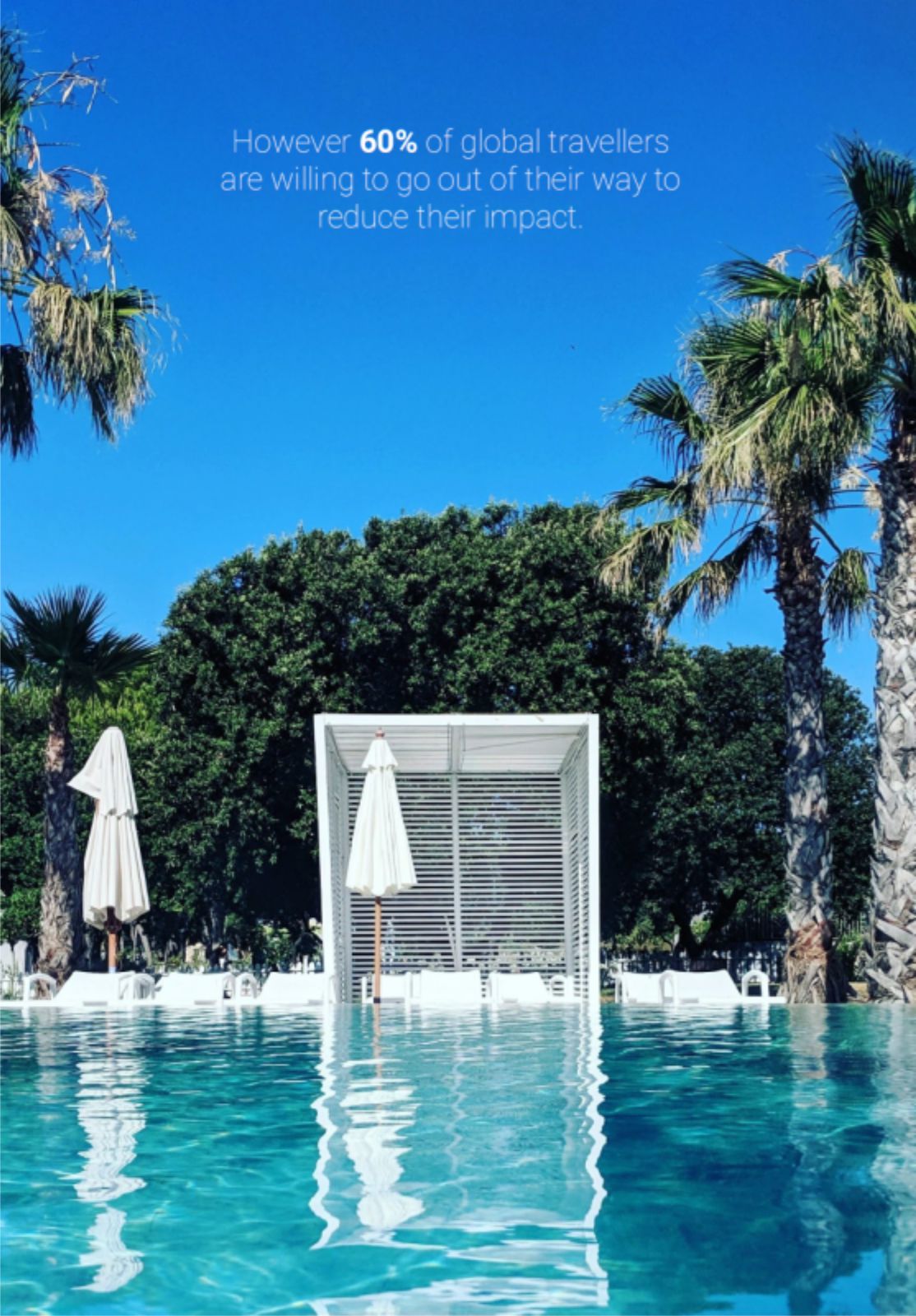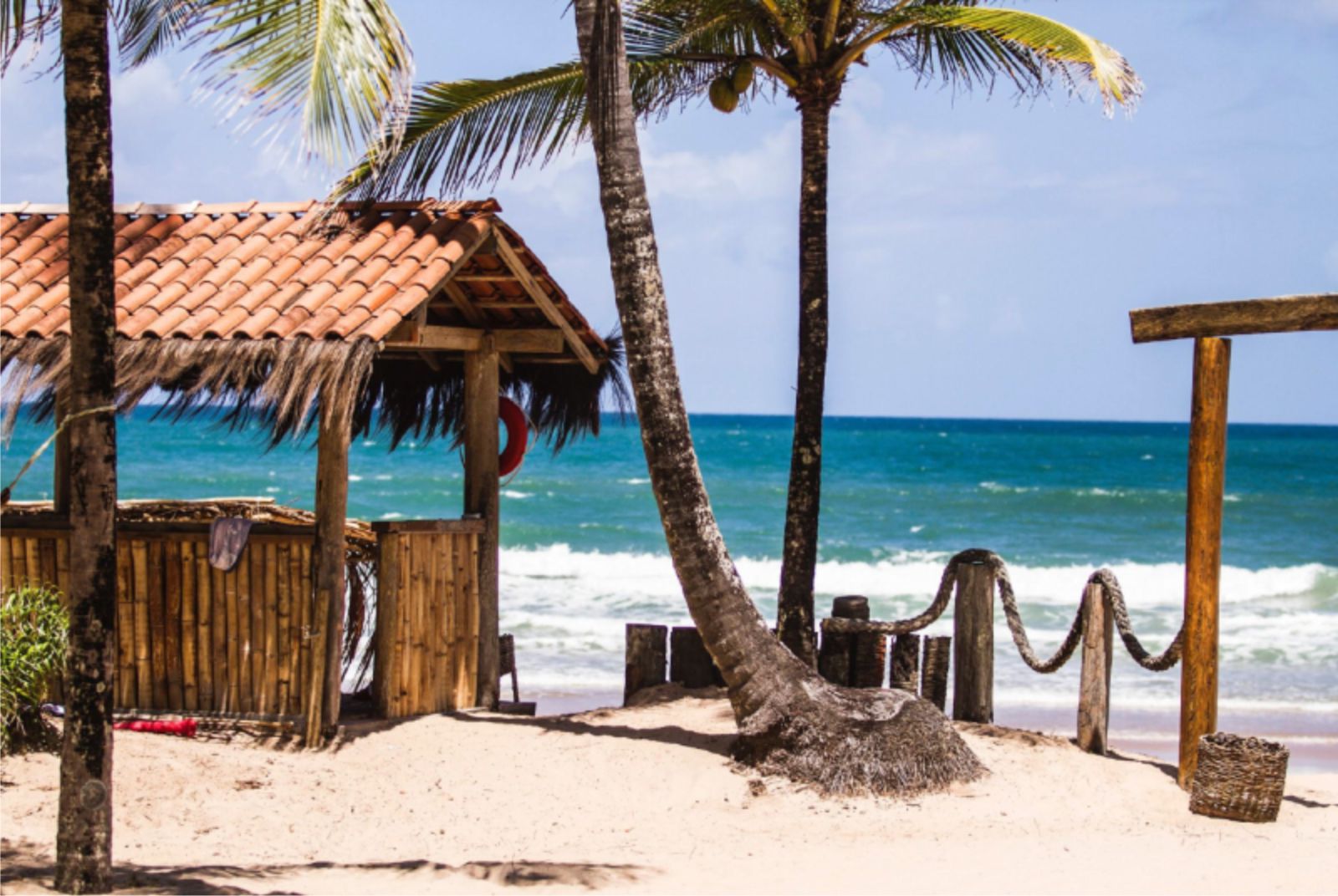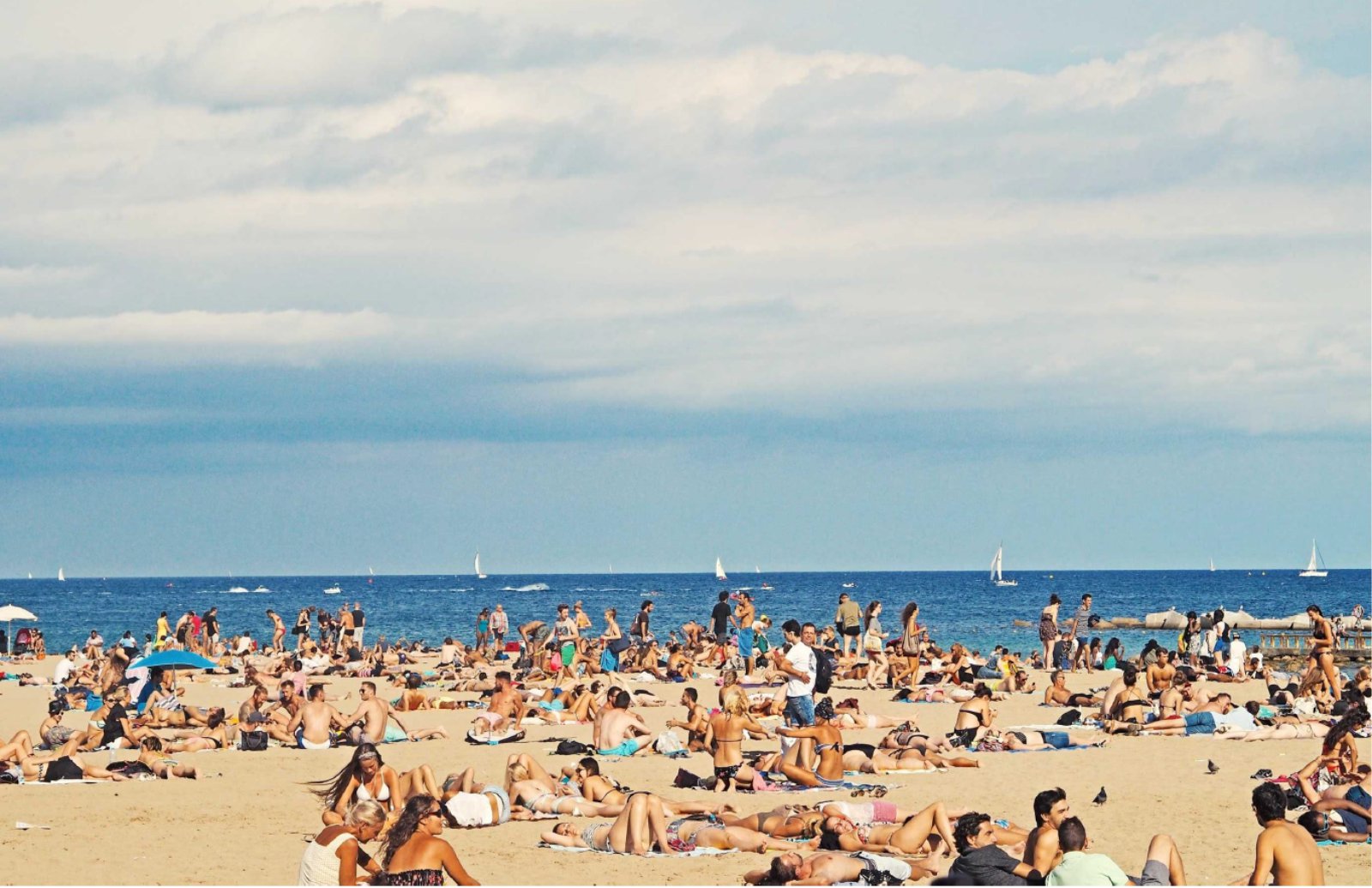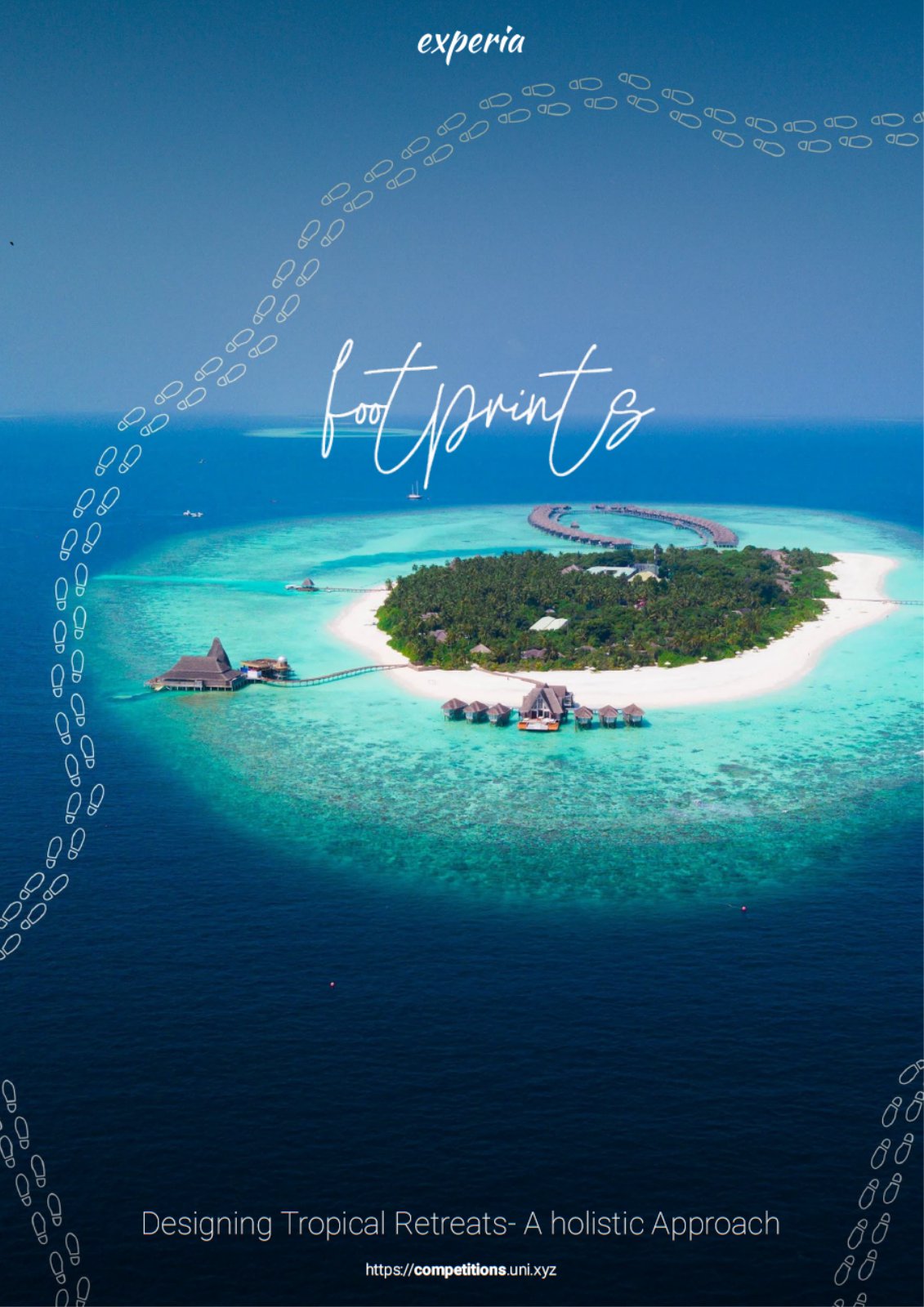With an increase in global mobility, travel is no longer seen as a luxury and has grown to become easily available and accessible to a larger part of the population. Numbers recorded 25 million tourist arrivals in 1950 (globally). In 2018 this number read 1.4 billion international arrivals per year. This is a 56-fold increase.
As one of the world’s fastest-growing industries, tourism is an increasingly important source of employment for many countries. Employing over 200 million people world-wide, it is one of the top three contributors to economic development, and a primary source of foreign exchange, employment and cash.
Seen in fair light for a long time, only the positive economic impact of travel had been in focus. However as the number of tourists rose dramatically and Mass Tourism became a global phenomenon, in the 70’s and the 80’s a combined consciousness regarding the interrelationship between economic, social and environmental impact of the tourism industry came into being.
Global impacts of climate change, coastal urbanization, biodiversity loss, fossil fuel consumption, disease transmission, and cultural commoditization, were and still are among the more contentious tourism issues in media. Looking for pristine scenery and exotic cultures, the number of tourists wanting to explore protected areas and rural communities are continuing to rise.
Tropical regions record the biggest growth. As extremely important habitats these regions often are the last refuge to many endangered species. The tiniest bit of uncontrolled disturbance can have potentially disastrous consequences.
Hence, even though nature-based ecotourism seems like it might have a lower impact than typical mass tourism, the ground reality is that its reach has a stronger hold, and mostly can be seen even beyond the ecological including the socio- economic sector as well. However, 60% of global travellers are willing to go out of their way to reduce their impact.
Challenge
While tourism no doubt plays a vital role in global and local economies, it also has an ever-lasting impact on the global and local environments as well. How do we adapt the concept of sustainability to the design of the built environment? How do we create and manage a healthy built environment based on ecological and resource efficient principles?
How do we try to limit the impact of the of the built environment on its surroundings? Design challenge: Develop a solution for a tropical Eco- Resort, with the ultimate goal of restricting the impact of the built form to an absolute minimum.
Site – China, Hainan Province
China’s only tropical province, Hainan has grown to be the largest Special Economic Zone and the most frequented tourist destination in the country, however the regions GDP makes it the fourth smallest economy in the world. Showing unprecedented growth since the economic reforms of 1978, Hainan is seeing a subsequent down turn and has embarked on an ‘eco-province plan’ that focuses on reducing unwarranted damage to the environment in the face of development.
On the other hand, targets have been set to expand its international tourism sector, working towards an underlying goal of hosting two million foreign tourists by 2020. Located at the junction of Nanbianhai Road and Luying Road, the site is in close proximity to the Nanbian Hai Fishing Village and the Sanya Port; at the heart of Sanya, peaceful, laid back and desperately clinging on to the charms of a bygone era. Source and images Courtesy of competitions.uni.
- Timeline
- Launch: February 14, 2020
- Registration closes: 7th Sep 2020
- Submission Deadline: 22nd Sep 2020
- Public Voting begins: 20th Oct 2020
- Public Voting ends: 14th Nov 2020
- Result Announcement: 26th Nov 2020
- Prizes
- Prize pool of worth: 20,000$
- First Prize: 5000$ (For students and professionals)
- Runner Up: 6 x 1100$ (For students and professionals)
- People’s Choice: 4 x 600$ (Open for all)
- Honourable Mention: 12 x 500$ Each







